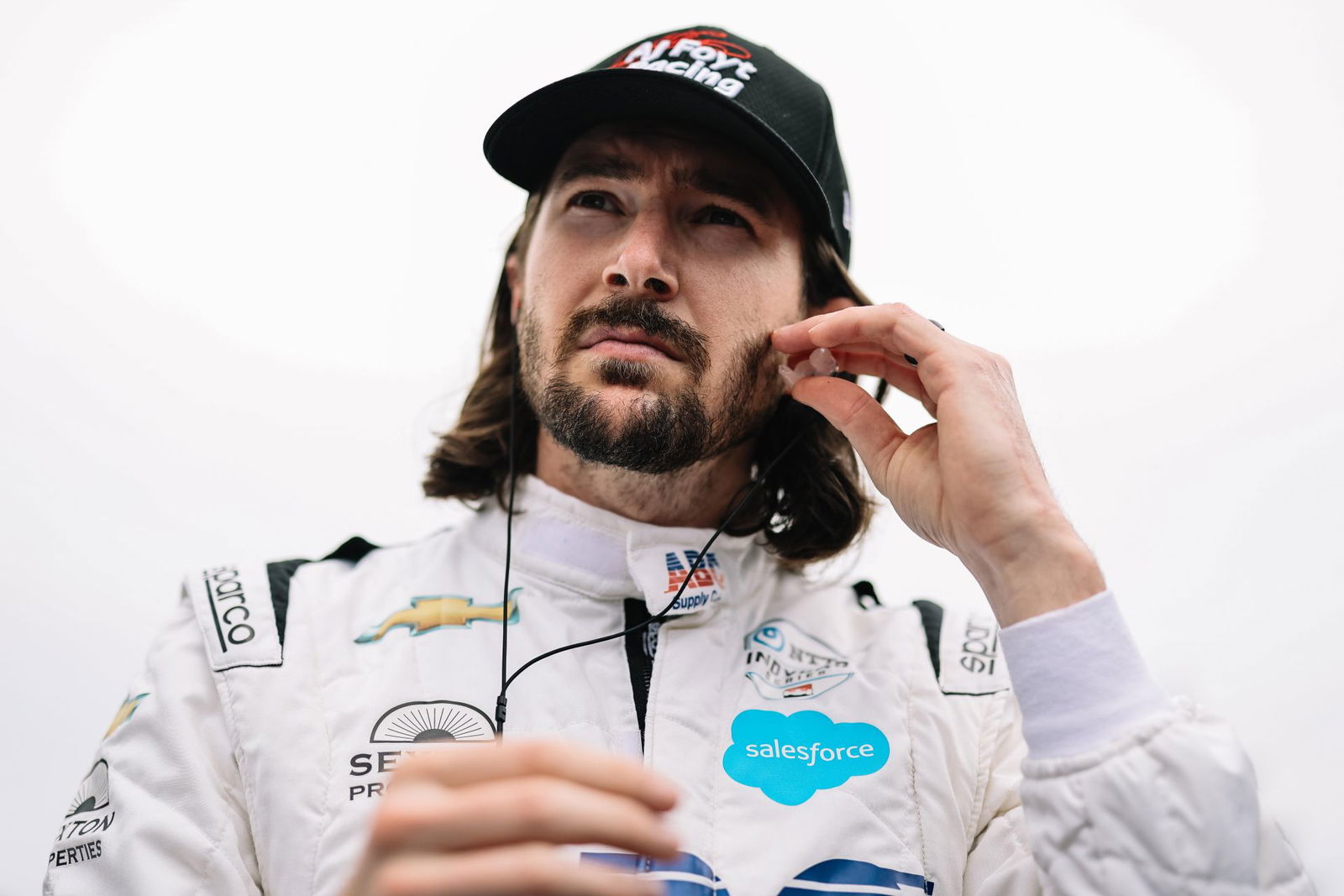New Hybrid Engine Formula Postponed to 2024 Season

The highly-anticipated debut of IndyCar's new hybrid powertrains will have to wait another year. Originally planned to come onboard in 2023, the new engine features a 2.4-liter, twin-turbocharged V-6 using hybrid technology. Due to ongoing global supply chain challenges with some hybrid system components, the series has announced that it has postponed the move.
After consulting with engine partners Honda and Chevrolet, the series will continue to use the current 2.2-liter, twin-turbocharged V-6 power plant for the 2023 season. This comes on the heels of more than a year of delays with the energy recovery systems (ERS) and other vital components.
“We are pleased with the pace of the technical development of the 2.4-liter, twin-turbocharged V-6 hybrid as we prepare it for competition,” said IndyCar President Jay Frye. “We are very encouraged by the progress our team and our partners have made, but an immediate decision needed to be made to ensure we are prepared for the 2023 season utilizing our current 2.2-liter engine package. We are going full speed ahead with the 2.4-liter hybrid engine and cannot wait to have it on track in 2024.”
“We are proud of the hard work and level of commitment by our engine group, along with our teams and partners, in the development of the Chevrolet 2.4-liter engine for our IndyCar program,” said Mark Stielow, director, GM Motorsports Competition Engineering. “We were certainly excited to have it on track next season. Chevrolet remains fully committed to the NTT IndyCar Series, and we look forward to debuting our future engine package in 2024.”
Both Honda and Chevrolet will test the 2.4-liter engines at the end of the month (March 30-31) at Sebring International Raceway. New ERS units will also be tested, with lighter transmissions and bellhousings that have been developed. More testing and development work to incorporate the hybrid component will continue throughout the year.
“We are very excited to get the electrified era of IndyCar Series racing underway,” said David Salters, president and technical director, Honda Performance Development. “We have finished development and dyno testing of our new internal combustion engine, and once the hybrid system component supply chain issues are sorted, we’ll begin track testing of the new hybrid power unit.”
The new engine formula will have a baseline of 800 horsepower with the added hybrid component providing an additional 100 horsepower.
Both engine manufacturers had planned for just one year of track testing. With the postponement, IndyCar will need to provide a firm end date to testing programs. The decision made today will also help the possible car count for the Indianapolis 500, as teams were less inclined to use their assets and manufacturers did not want to build new engines for just one year.
This move will also aid the series in their pursuit of a third engine partner. Rumors have been swirling for months that Toyota will be joining the foray under the Gazoo Racing name, but that was not likely to happen as they would have been a full year behind Honda and Chevy with their development. This would now put all three on an equal playing field.
Another topic of conversation is the next chassis for the series. The next iteration of chassis was likely to come after the 2025 season. With the new engines being delayed, it makes too much sense to wait that long. Testing will be done to simulate the weight of the new engine in the current chassis, which is deemed to be too heavy already.
The new aeroscreen device has been fitted to the current DW12 chassis, and many drivers have voiced their displeasure with how it has affected the performance of the car. By introducing both in the same time frame, it would allow them to avoid that same issue going forward. This decision has given IndyCar more time to address these concerns, and how they proceed will have a major impact on the continued growth of the series.

